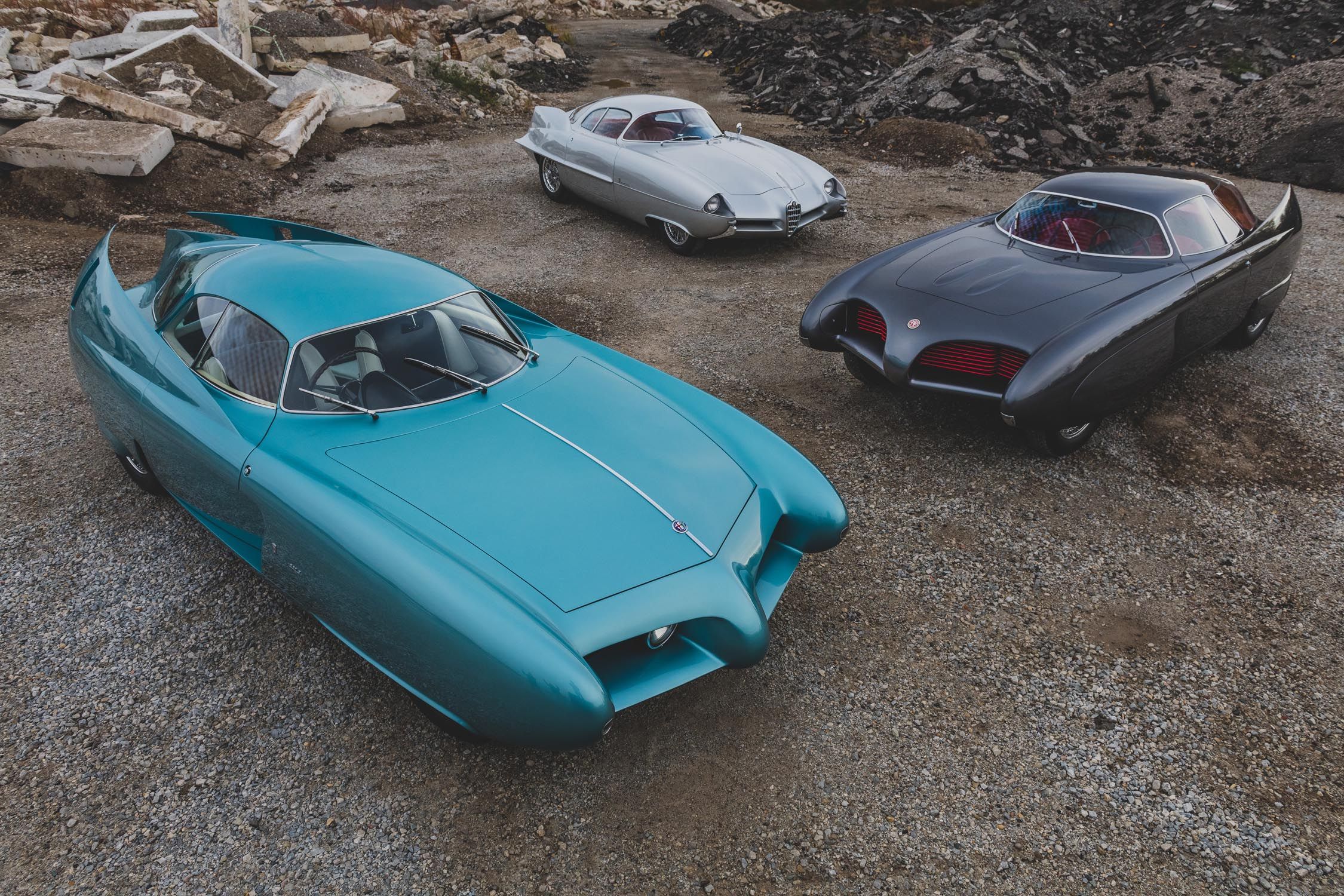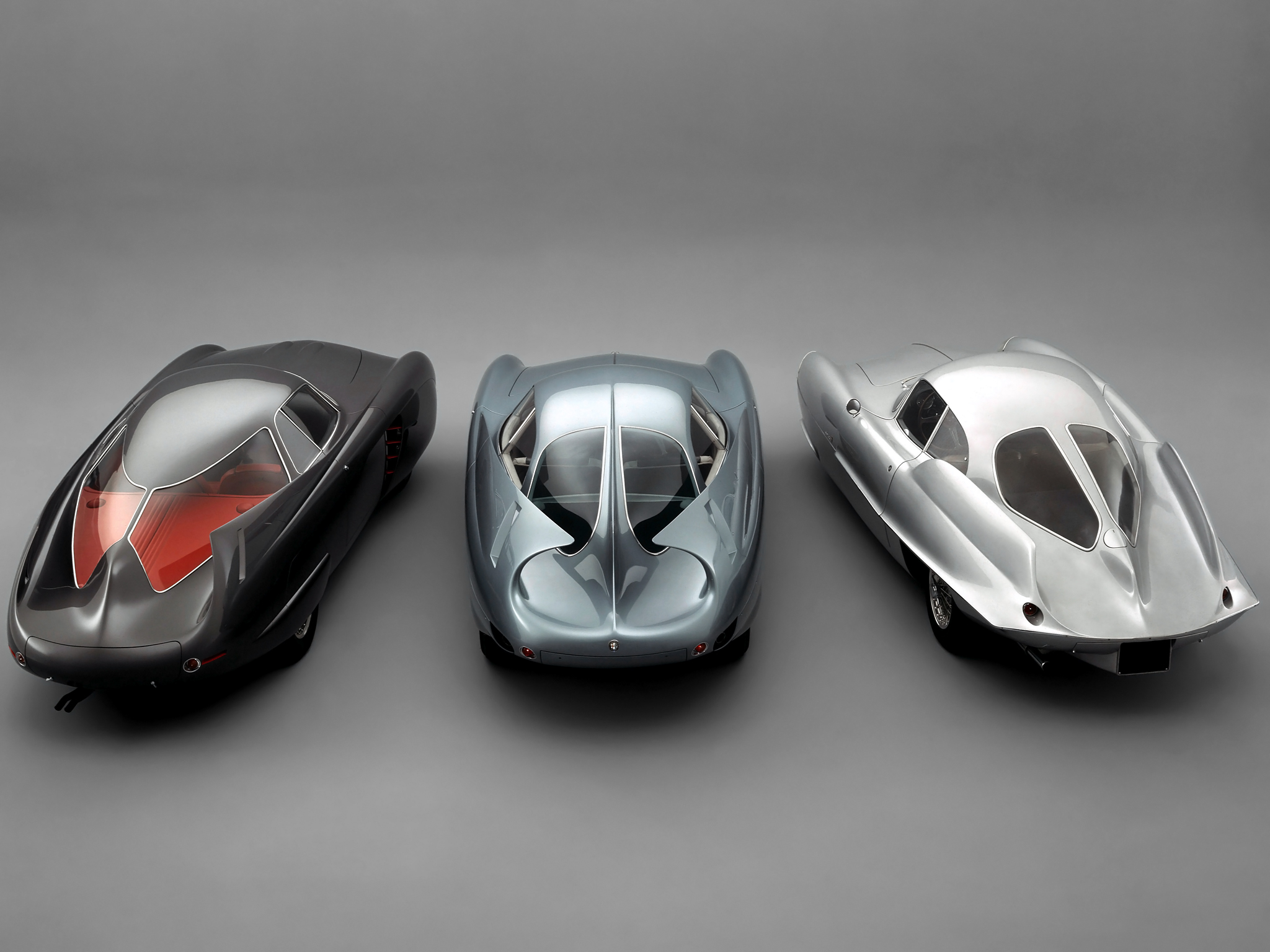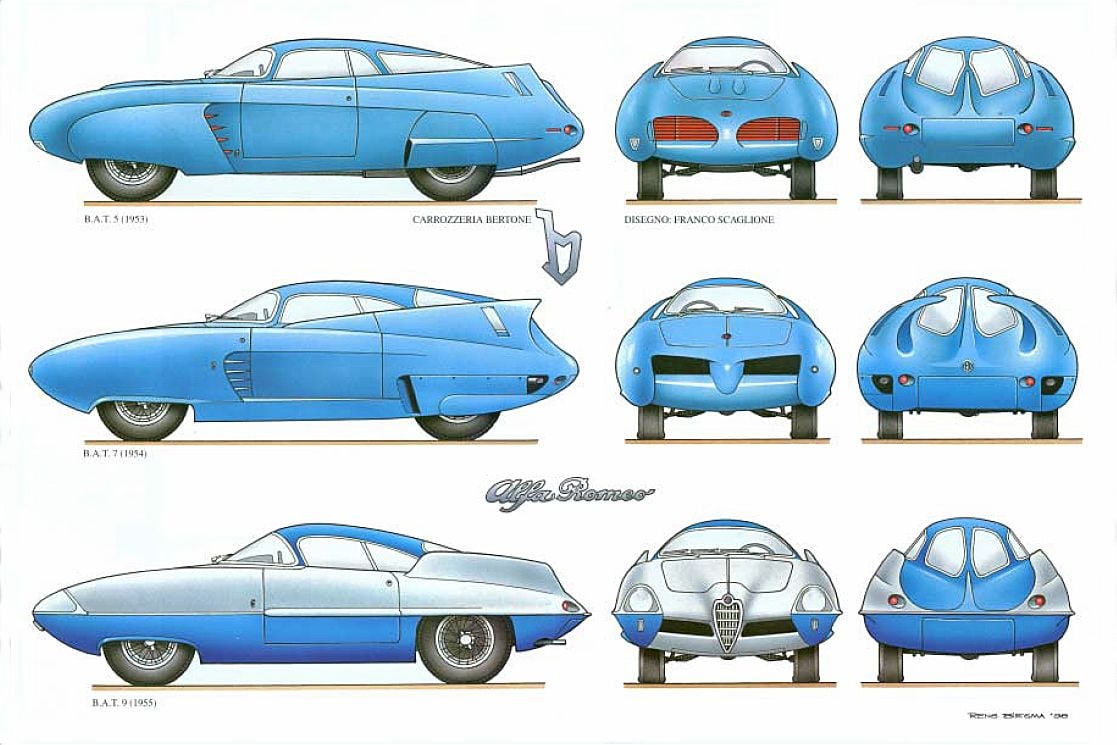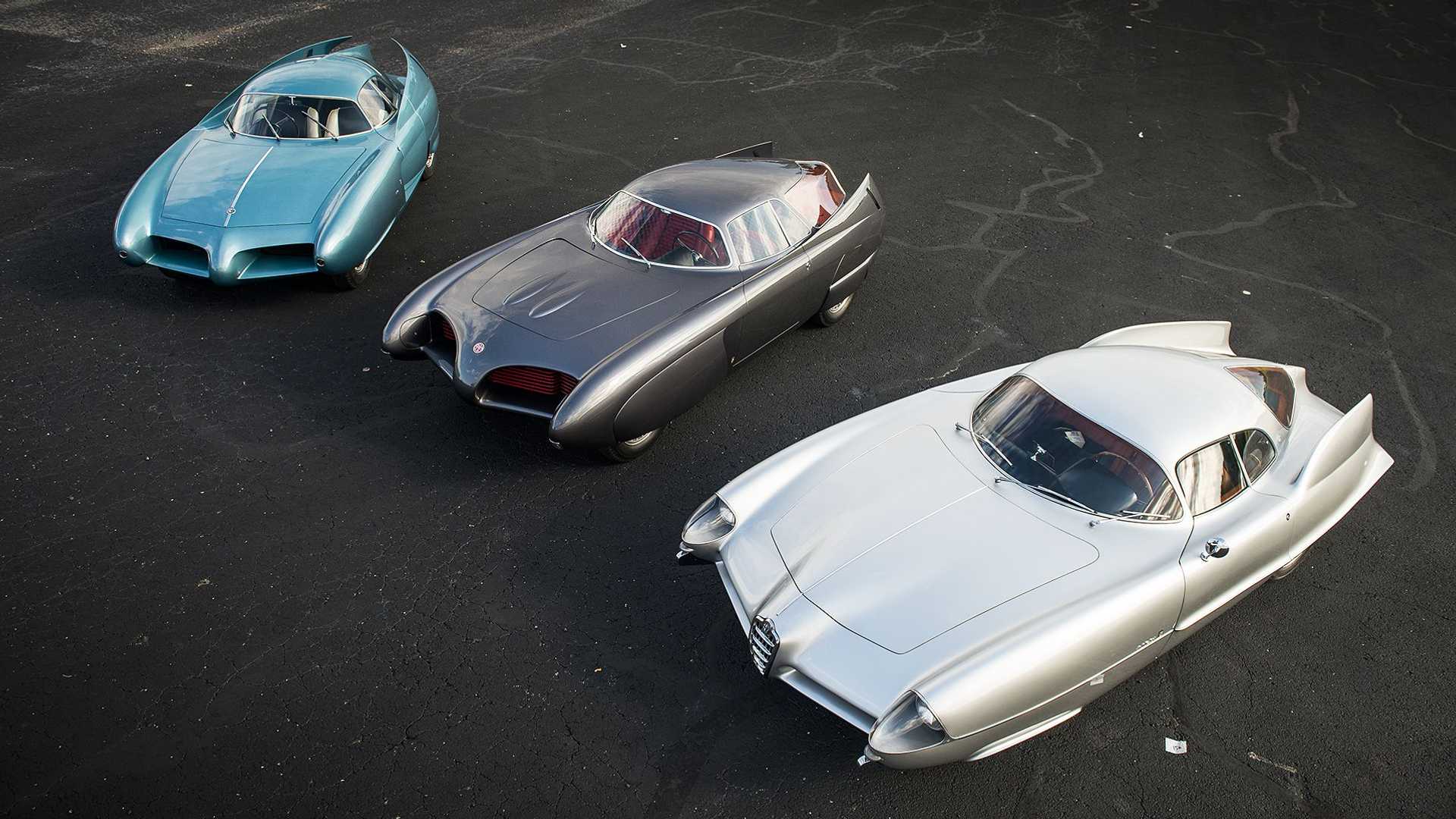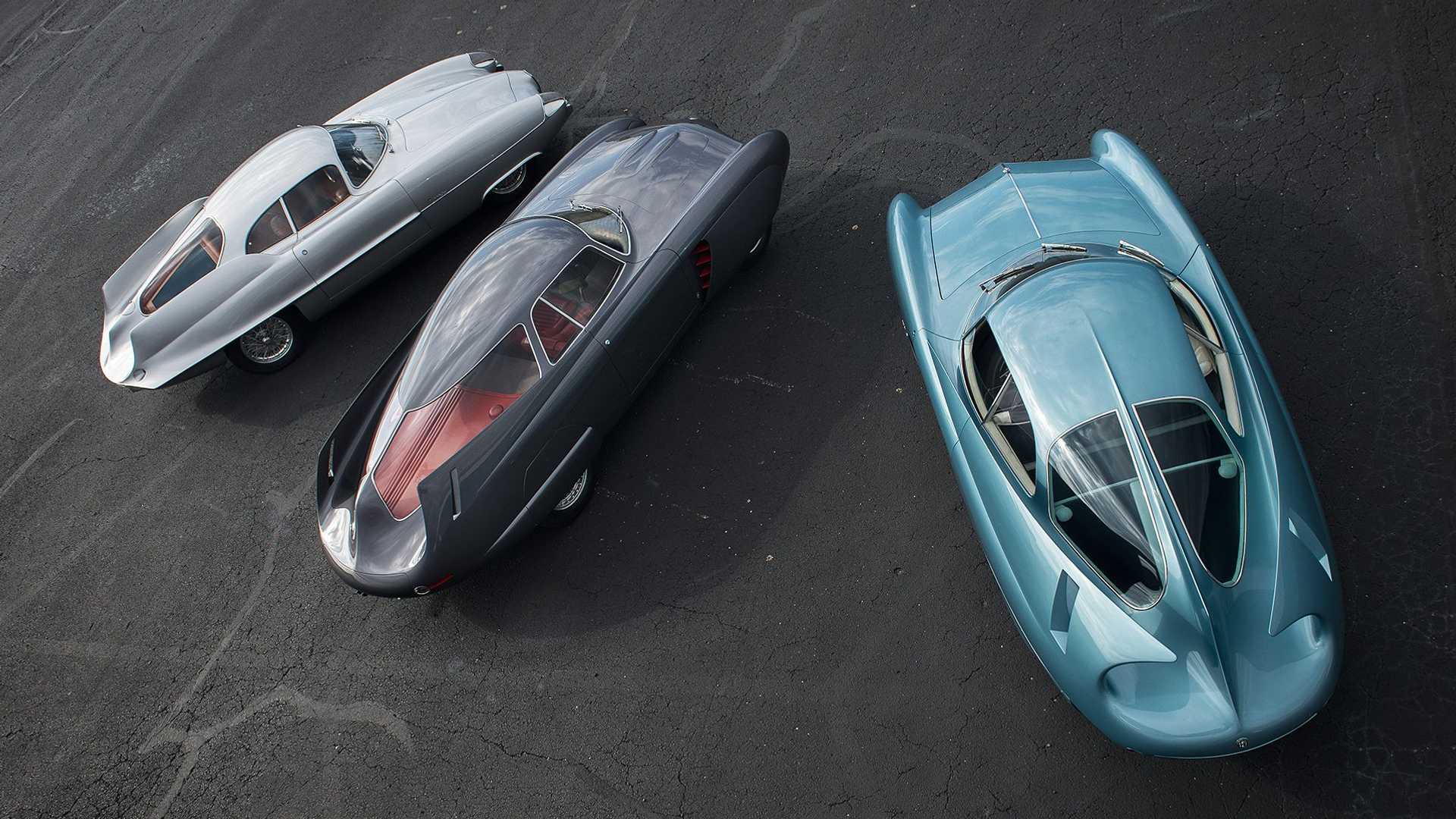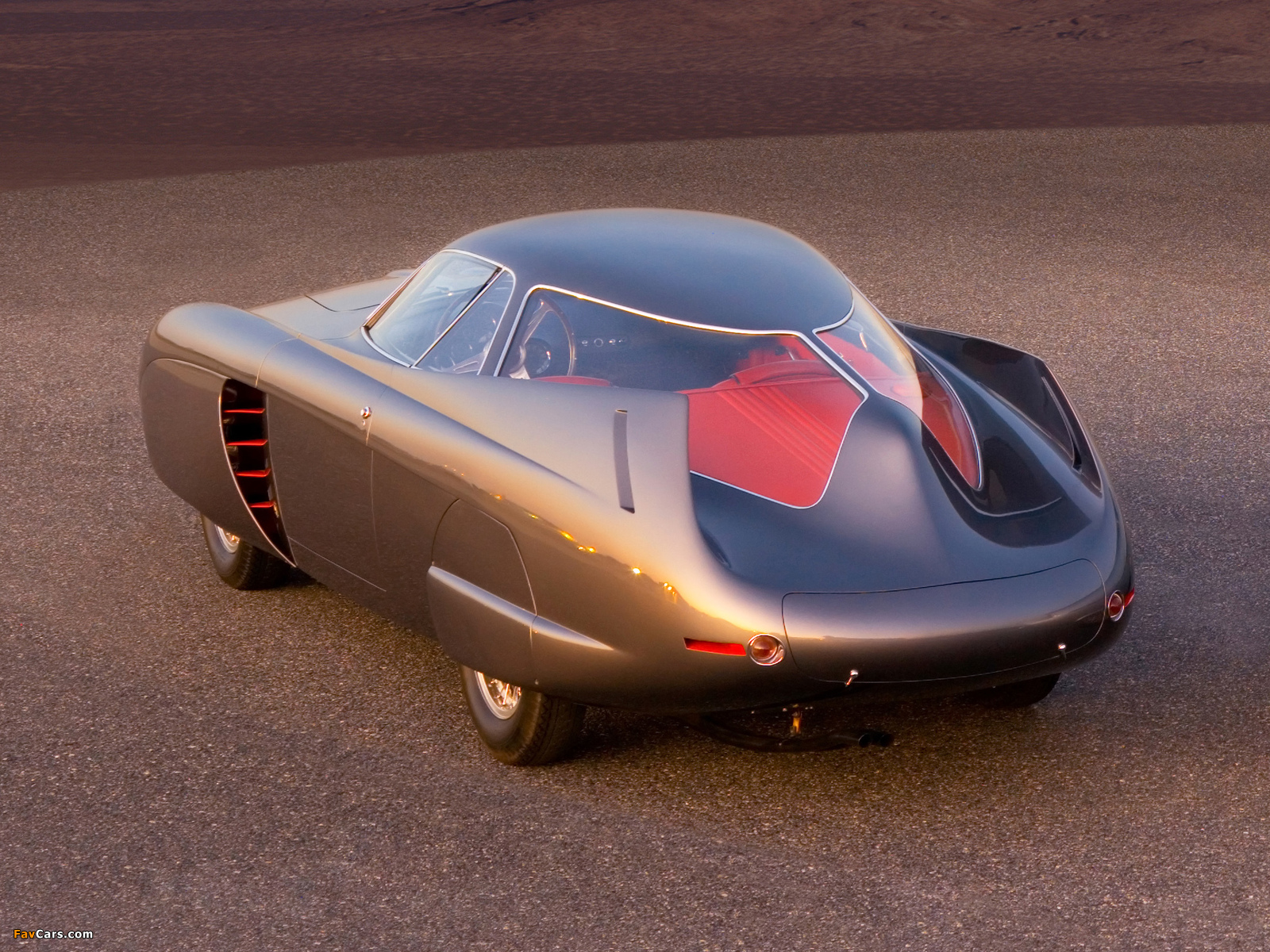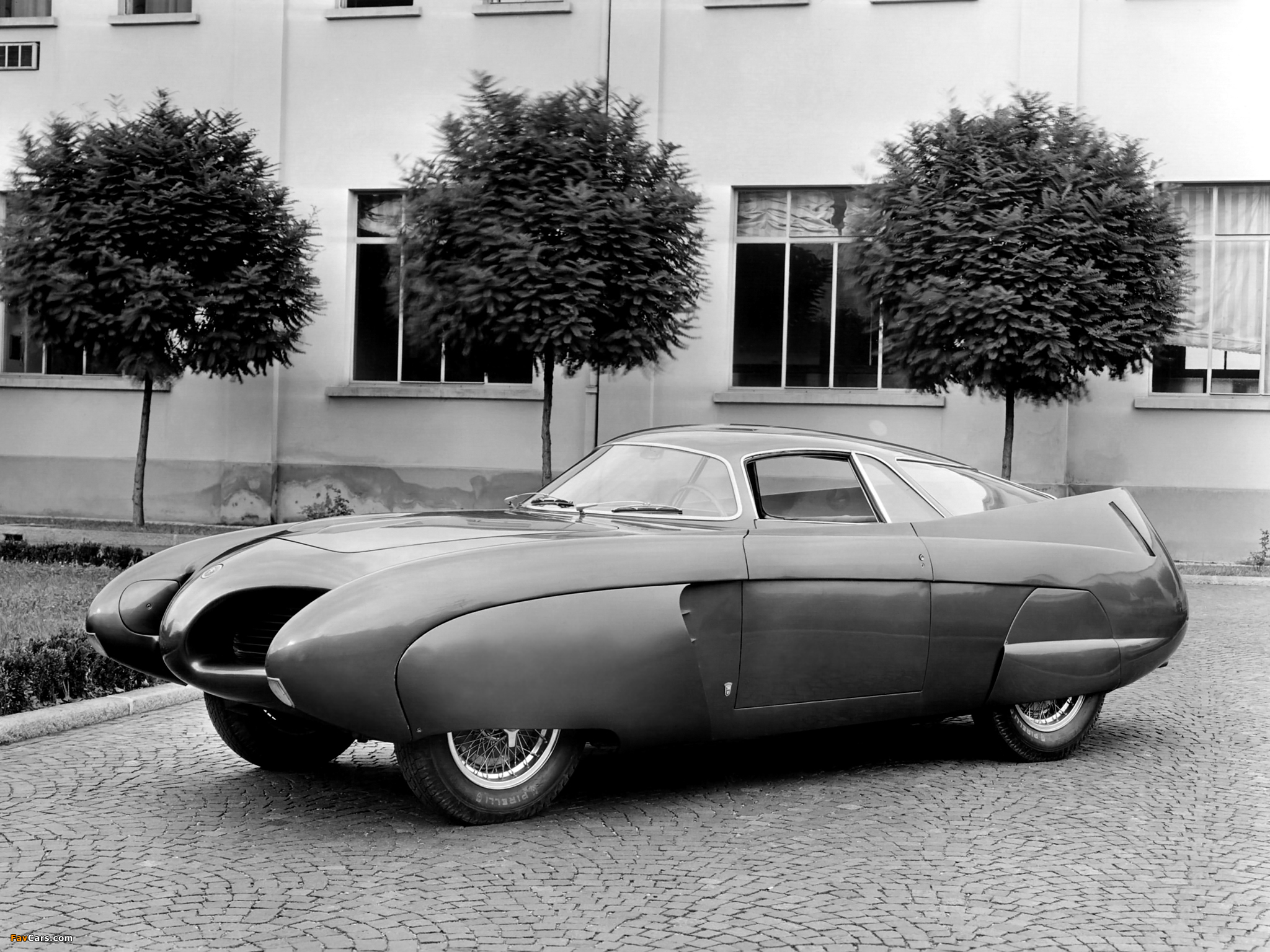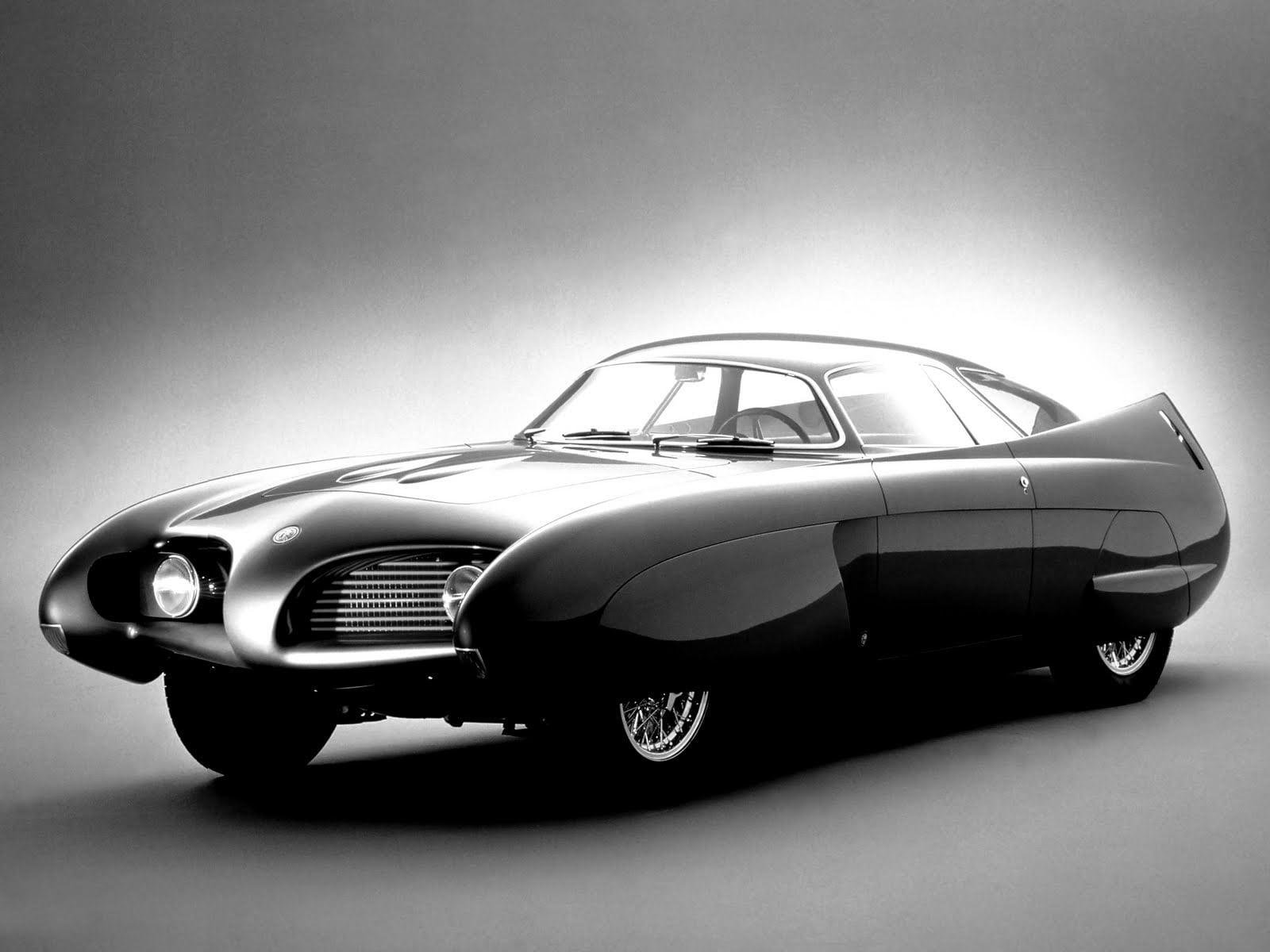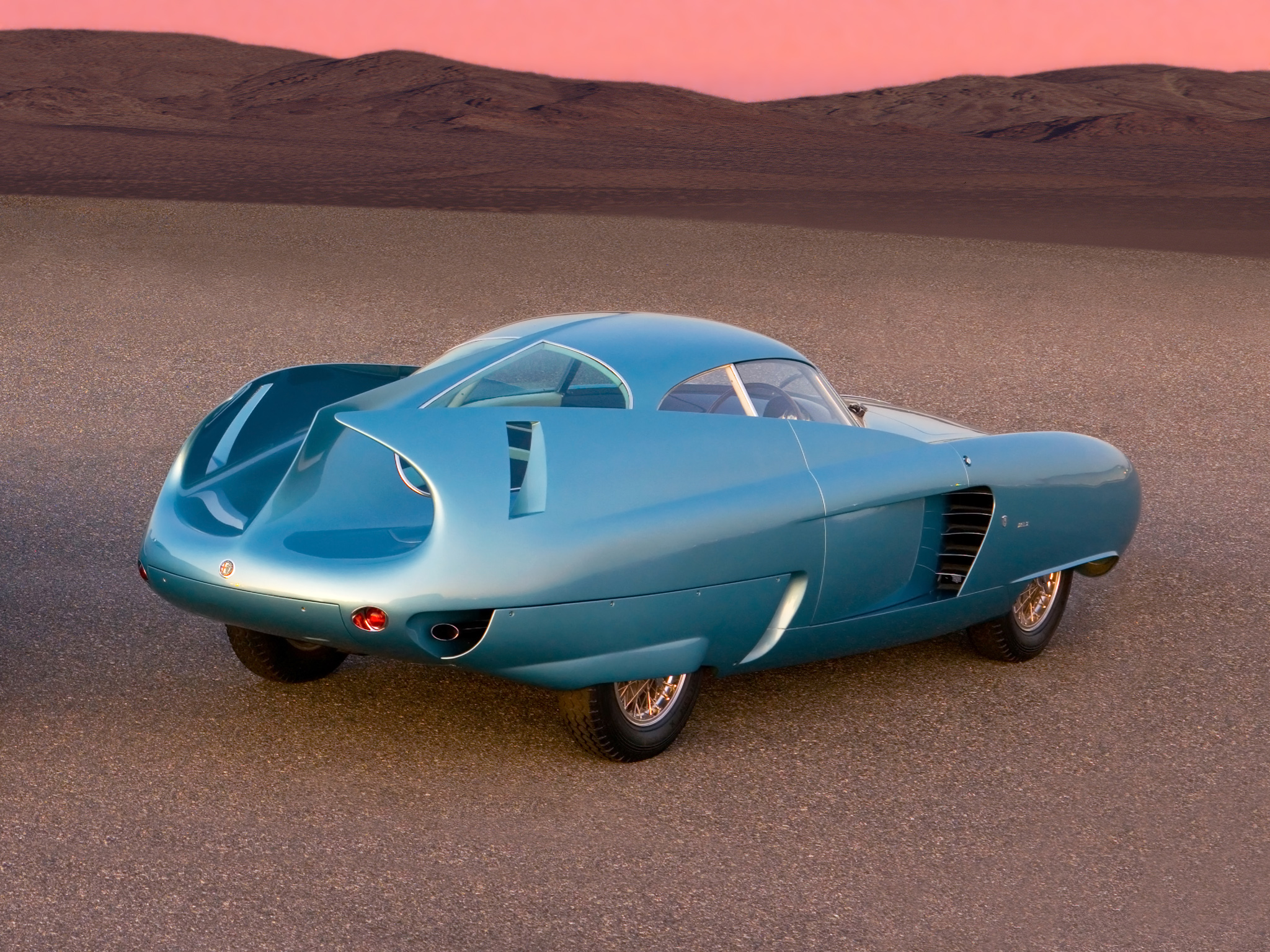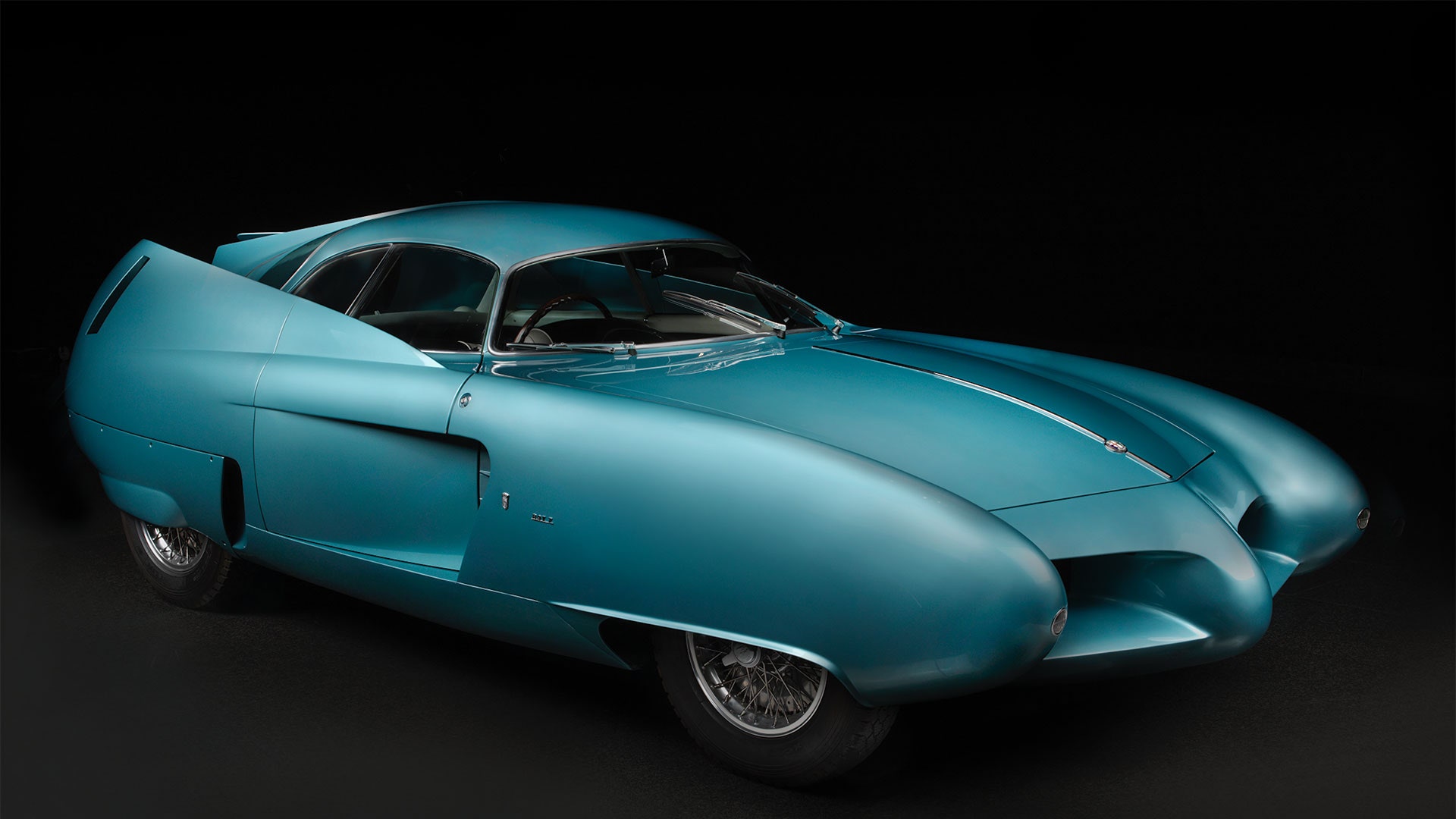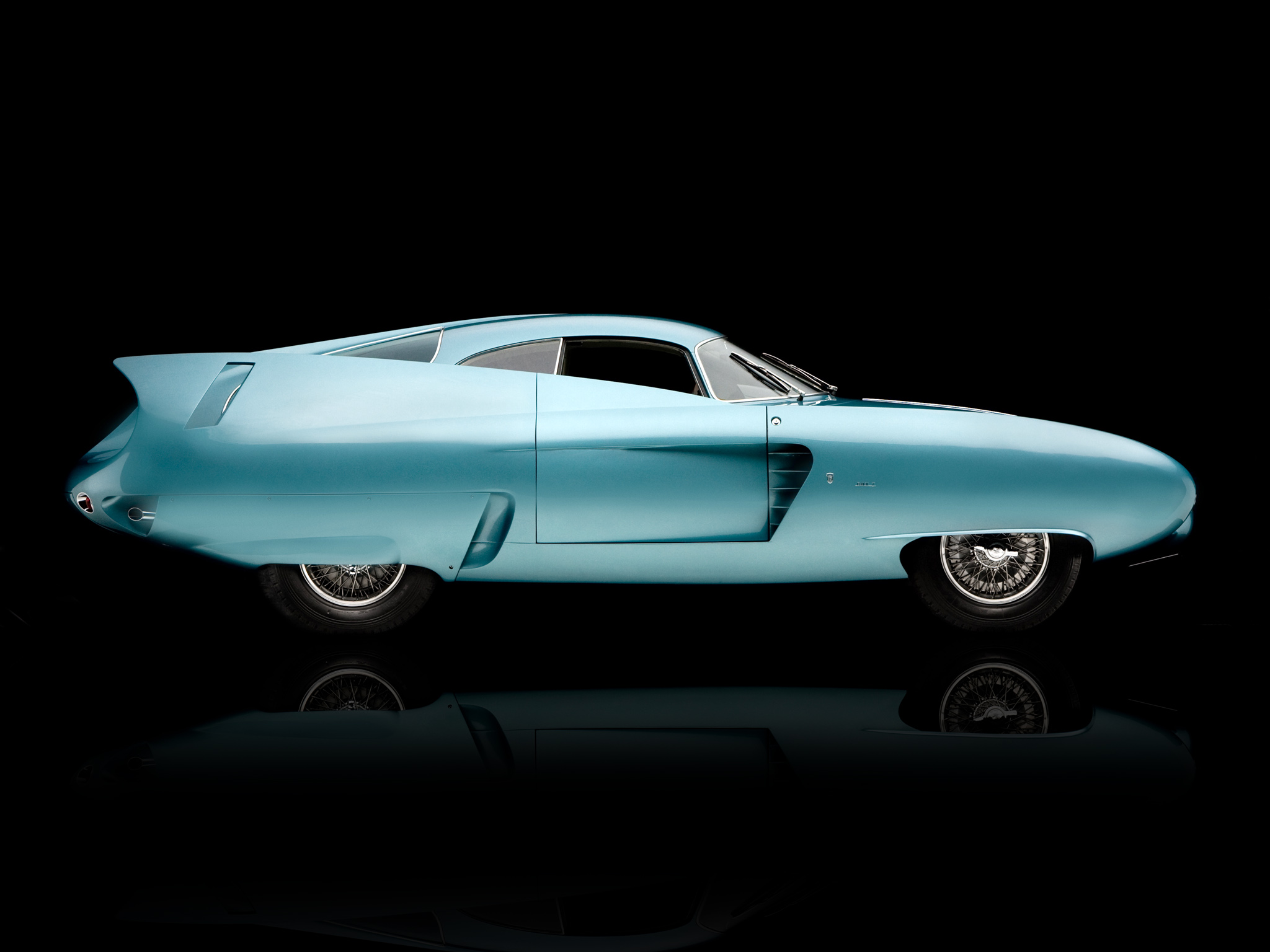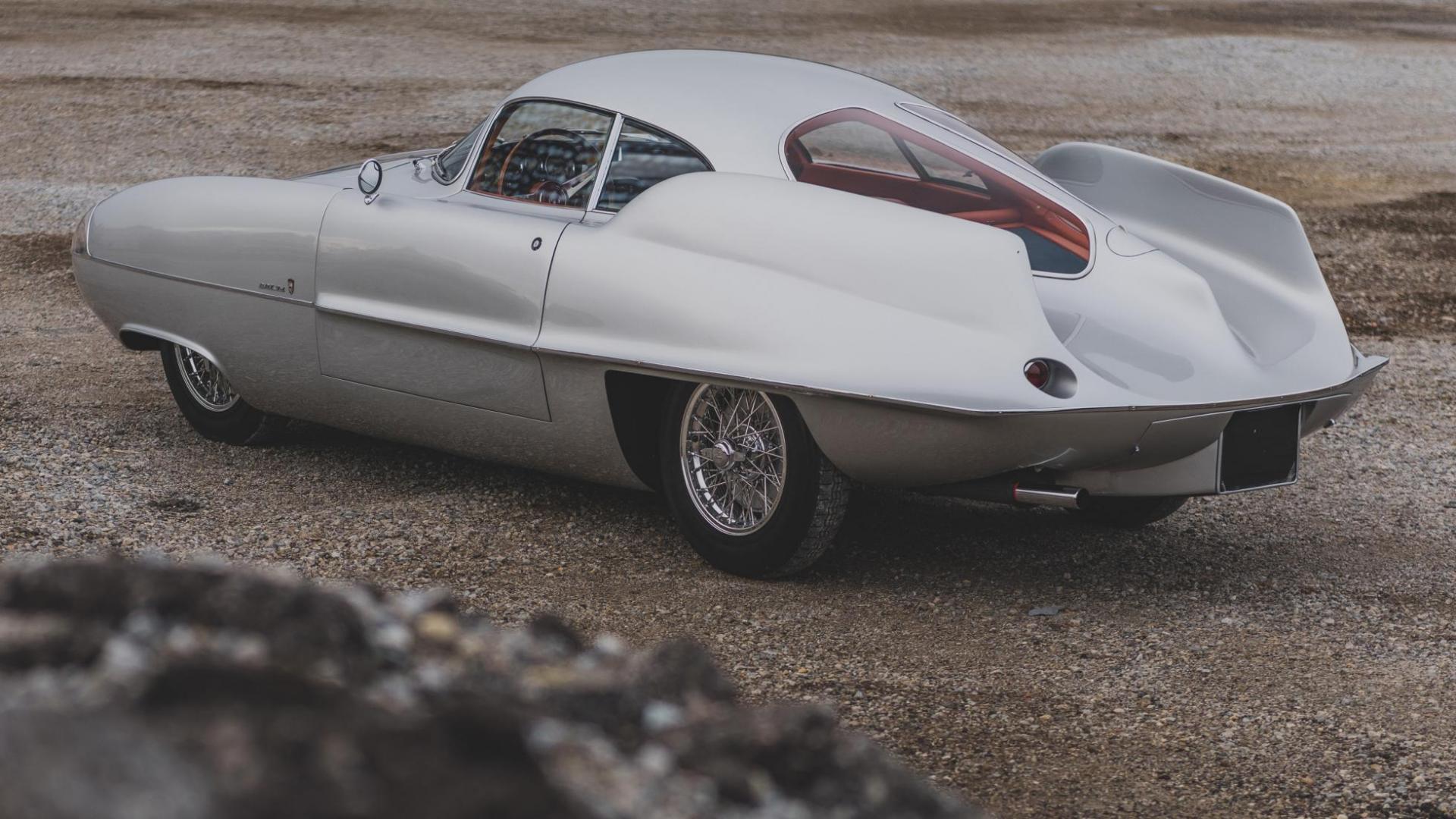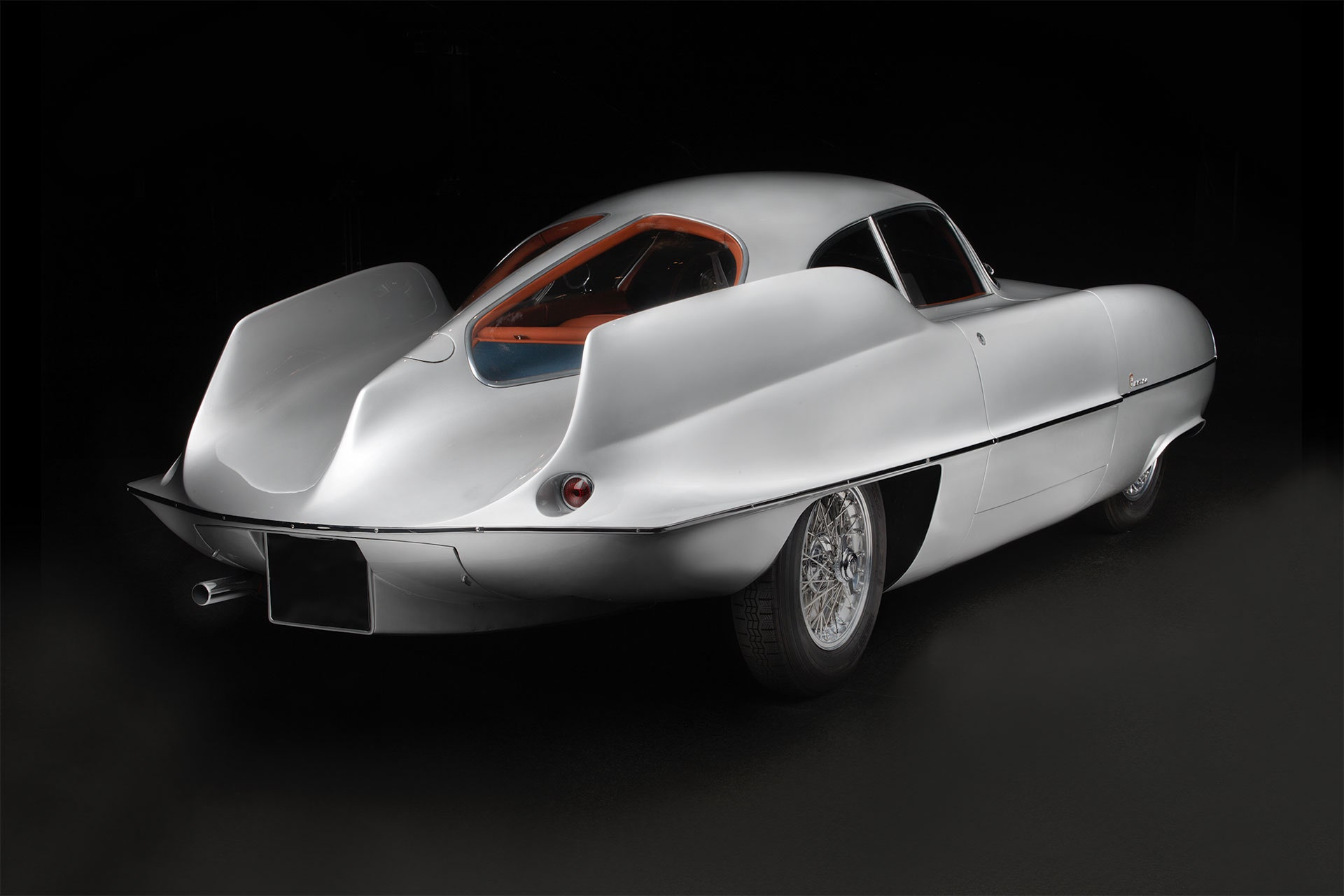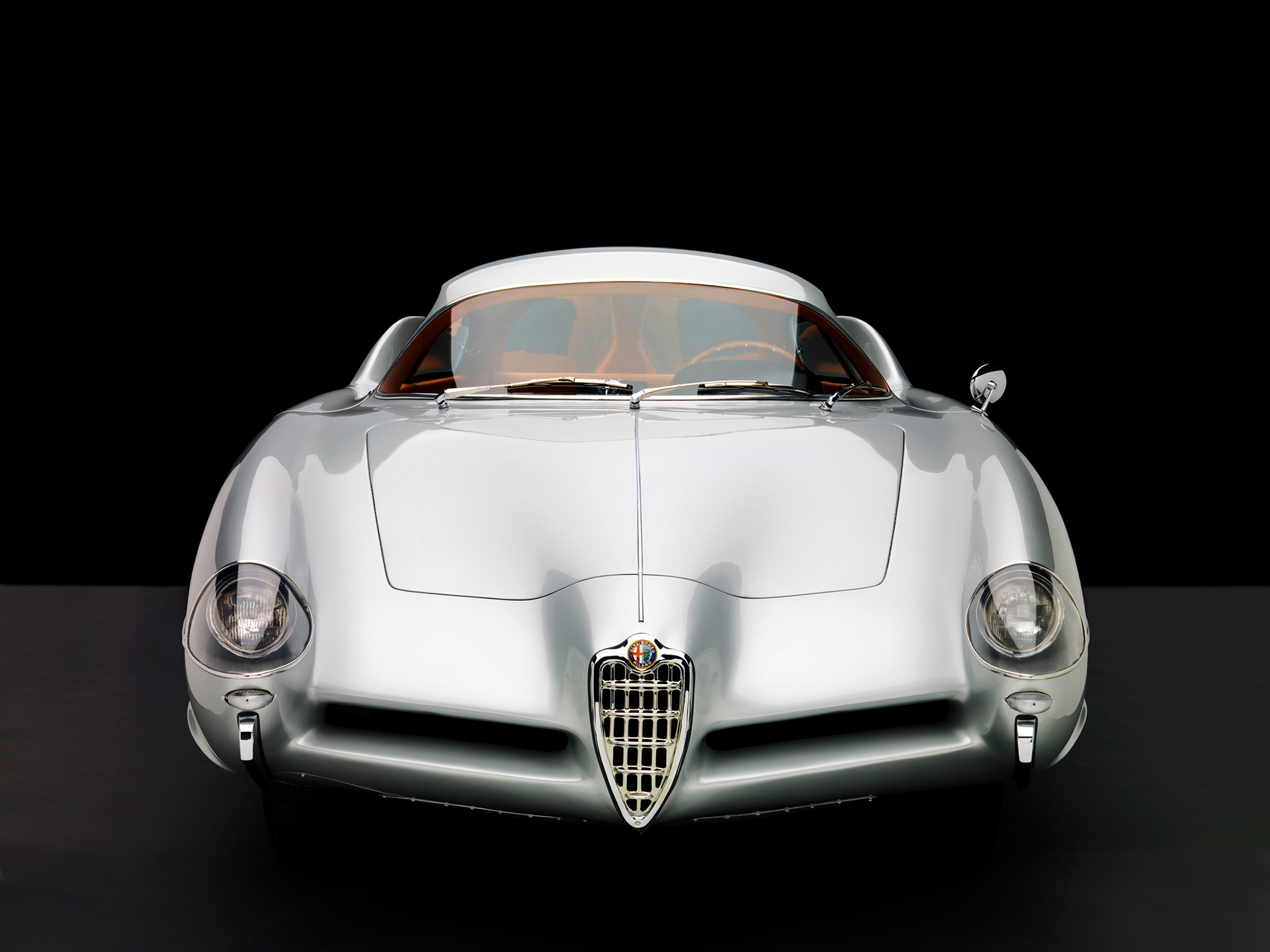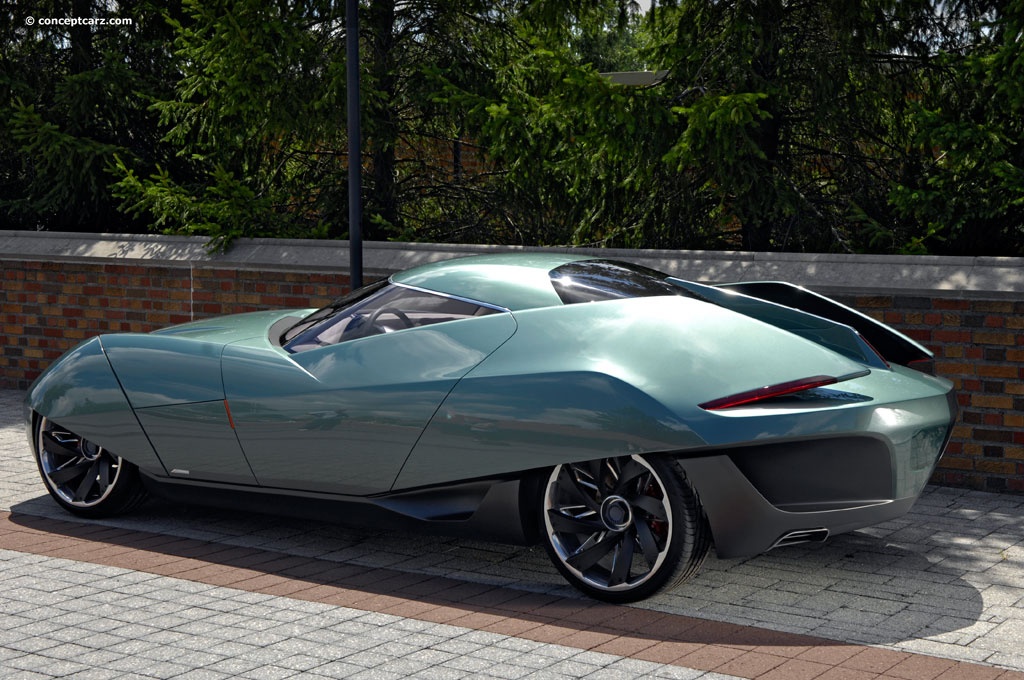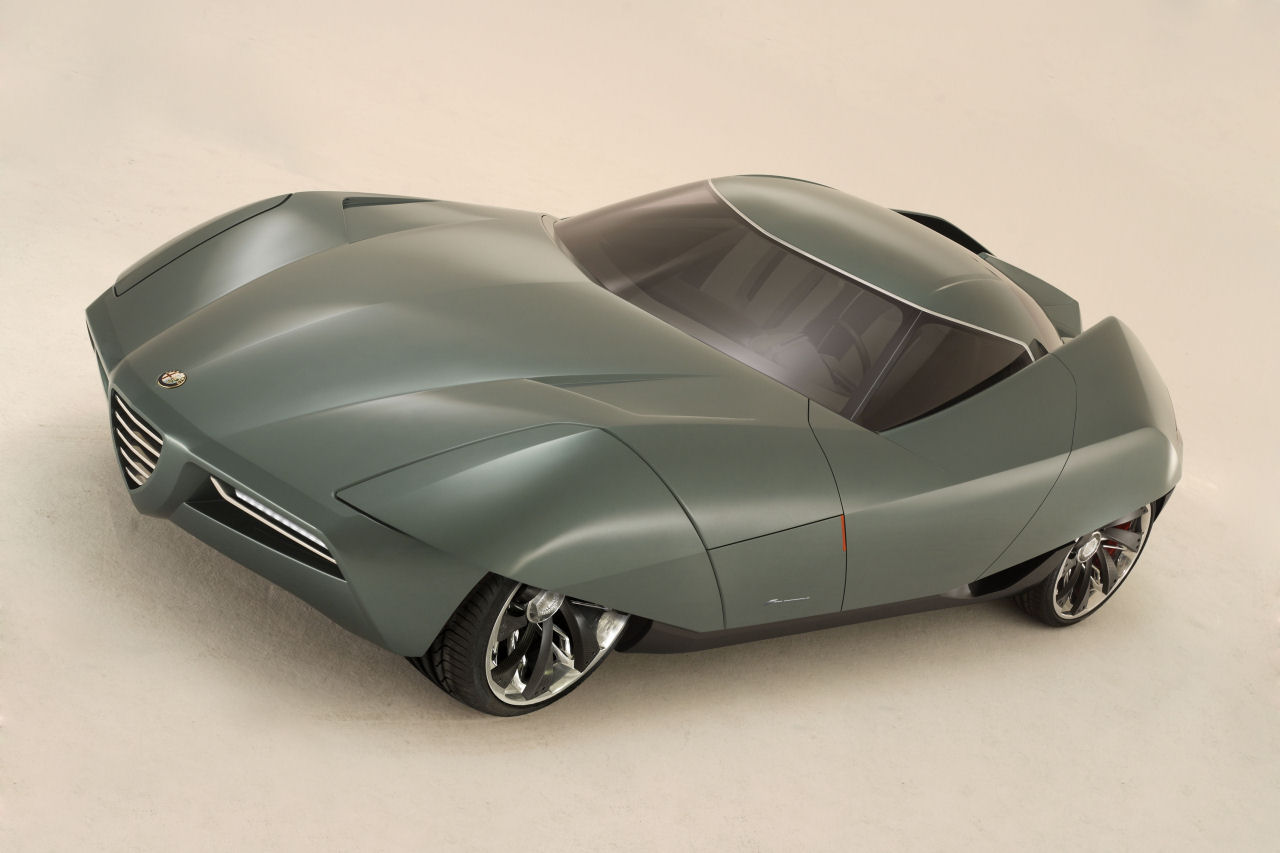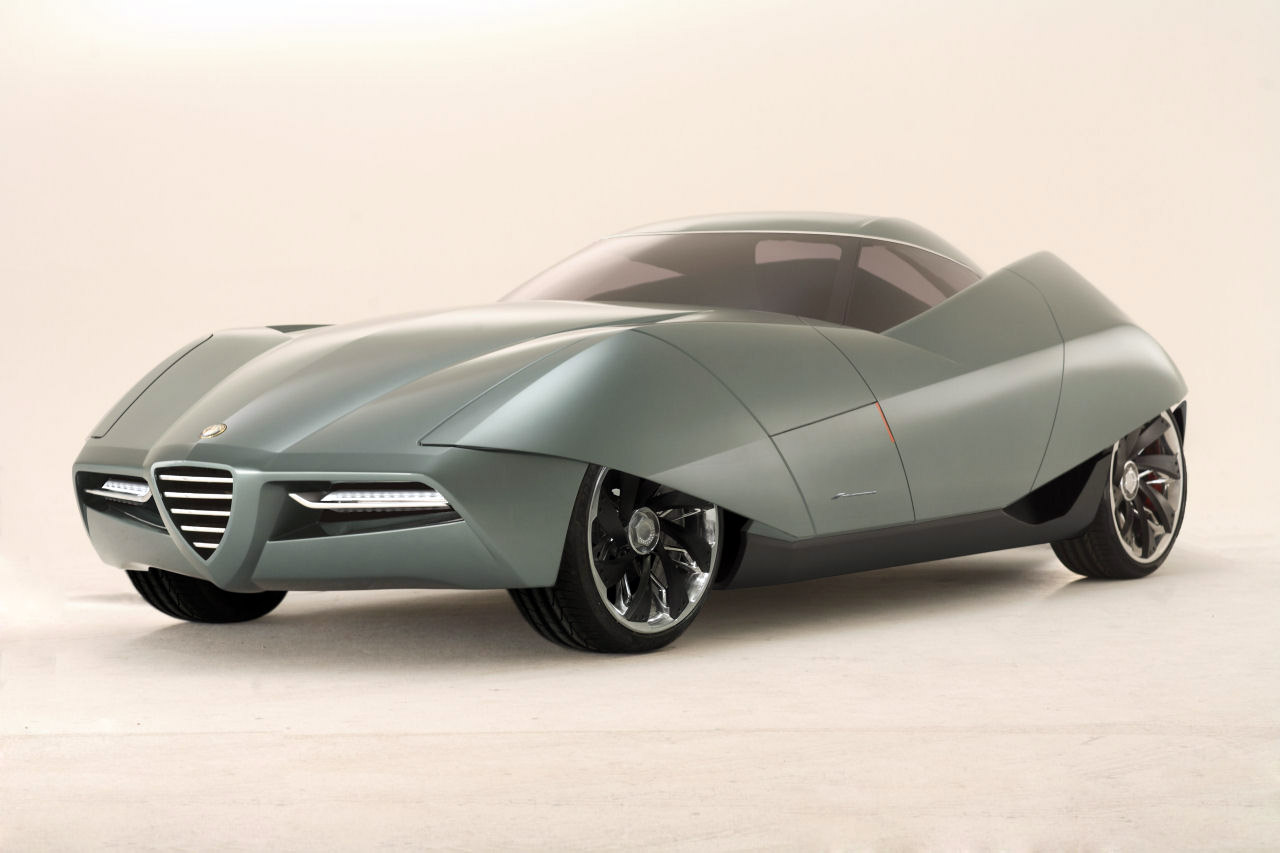The Four Chapters in The Alfa Romeo B.A.T. Collection
B.A.T… Berlina Aerodinamica Tecnica
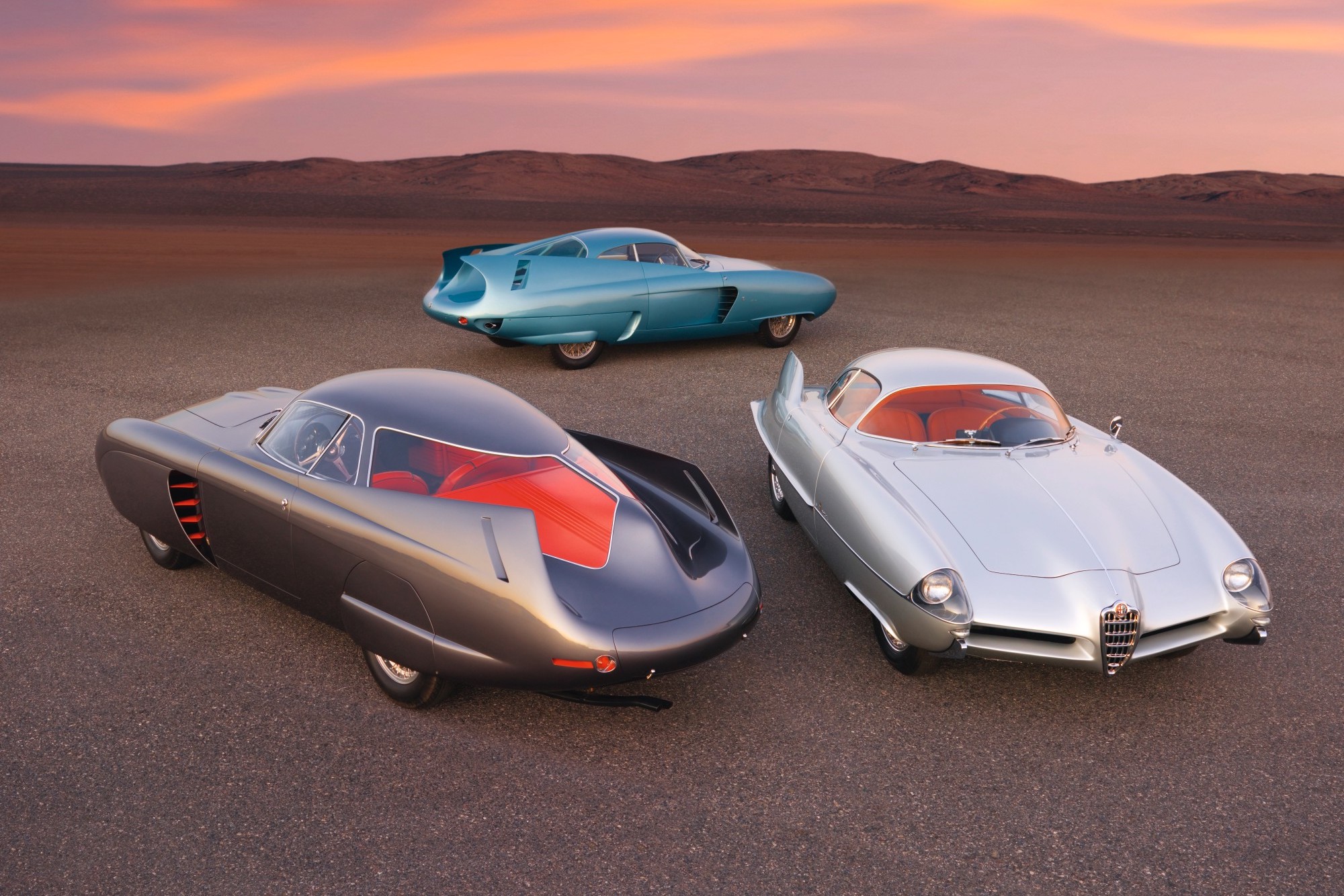
You might argue that classic Italian cars are unreliable and you might also argue that classic Italian cars tend to rust by just pronouncing the word water… But you can’t argue that classic Italian cars are some of the most soulful creations ever to be put on roads. Every true petrolhead has a certain brand, era, or model from Italy’s vast automotive catalogue they love. And naturally, as evidenced by our weekly automotive meanderings in the Petrolhead Corner, so do we! For your reading pleasure this time, we revisit the Alfa Romeo B.A.T. collection for a very simple reason; they could have been yours!
First off, and this is an obvious one, you would have needed very, VERY deep pockets to own this trio of perhaps the most emblematic Alfa Romeo’s ever created; the B.A.T. collection from the fifties. The Alfa Romeo B.A.T. 5, 7 and 9 have recently been auctioned by Sotheby’s with a hammer price of around 15,5 million US dollars. Cars like this rarely come up for sale, let alone as a single lot. It does make sense to keep them together though, while each car is magnificent on its own, they become truly staggering when grouped together.
Honestly, I need very little motivation to write about cars like this and the notion of something as unique as these Alfa Romeo’s is enough to get me started on an article. We’ve previously touched on the subject of coachbuilding almost exactly a year ago, including the three Alfa Romeo B.A.T. cars. And as a little bonus, we include the often-overlooked fourth chapter; the Alfa Romeo B.A.T. 11.
A brief history on the “B.A.T” cars
If one tries to put the evolution of car design in chronological order, starting at the Benz Patent Motor Car and ending with, oh let’s say the latest Italian supercar, what would you put roughly midway? With car design spanning about 140 years or so, the Alfa Romeo Berlina Aerodinamica Tecnica cars would be just about in the middle. But if you would closely look at the design of the three cars, they would be vastly different from everything else before it, and everything since.
The Alfa Romeo 1900 SS saloon car was in production throughout the fifties and although it is a very simple yet elegant design, it is nothing overly special in terms of design. It did, however, sacrifice its chassis and engine for the greater good; the Alfa Romeo B.A.T. cars. Alfa Romeo turned to famed Carrozeria Bertone, responsible for creating some of the most iconic cars throughout history, to commission a special one-off automobile.
While it was common for wealthy individuals and high-end small-numbers car manufacturers to rely on coachbuilders to pen a design for them, mainstream manufacturers like Alfa Romeo didn’t tend to do so. In a sense, these can be considered pioneers of the term “concept car”, a one-off vehicle built for the purpose of displaying what is possible if you let designers and engineers have their ways.
Coming out of the war, the clientele for coachbuilt cars was virtually non-existent and many such companies were struggling to stay afloat, including Carrozeria Bertone. For Bertone, luck would change when Franco Scaglione joined in 1951. Mr Scaglione had a background in aeronautics and he would be responsible for some of Bertone’s best work. Following the success of the Scaglione-penned Abarth 1500 Biposto, sometimes referred to as the B.A.T. 1 in retrospect, Alfa Romeo commissioned Bertone to design and build three special cars, evolving around a singular theme; aerodynamics.
1953 Alfa Romeo B.A.T. 5
The very first car in this triptych in pioneering automotive aerodynamics is the Alfa Romeo Berlina Aerodinamica Tecnica 5. It was presented to the public at the 1953 Turin Motor Show and caused quite the storm among automotive journalists. The shape of the car was just unheard of, a revolutionary departure from automotive design trends and a unique translation from Scaglione’s background of aeronautics into cars.
It is named the B.A.T. 5 because this is the fifth full-size model Scaglione worked on, but the first one bearing a metal body and thus being the first complete car. The most prominent design cues are the pontoon fenders, side-air exhausts for the front brakes, a horizontal split grill in contrasting red, and the two large upswept wings at the back. The car also lacks headlights.
Some of the shared features on all three cars are the split rear window, the front wheel covers and of course those wings sprouting at the rear of the car. The final shape of the body gave the car a drag coefficient of only 0,23. Compare that to a present-day Mercedes Benz A-Class sedan with a drag coefficient of 0,22, achieving such a result in 1953 without modern computer calculations or wind tunnel testing to help is astonishing! The sleek body and relatively low weight meant that the 1900cc engine from the Alfa Romeo 1900 SS saloon was enough for a then quite fast 120mph top speed.
1954 Alfa Romeo B.A.T. 7
The second collaboration between Alfa Romeo, Bertone and Franco Scaglione is the Alfa Romeo B.A.T. 7 which was presented at the 1954 Turin Motor Show. This car is perhaps the most extreme of the three. Unlike its predecessor it came with headlights and the wheels could actually turn full lock without rubbing against the fenders.
The B.A.T. 7 achieved an even lower drag coefficient, just 0,19 to be precise, due to even more advanced rear bodywork with larger, more pronounced and angled wings. The low slung nose featured similar dual air intakes but this time without a horizontal grill. Finishing the car took so long that Nuccio Bertone and Franco Scaglione drove the car to the Turin Motor Show themselves at the very last minute.
Apparently, at one point in life, the fins were cut off, at least according to a very old Top Gear video covering the cars with a much younger (and curlier) Jeremy Clarkson. Luckily the car was restored to its original shape and has retained its amazing looks ever since.
1955 Alfa Romeo B.A.T. 9
The Alfa Romeo B.A.T. 9 is the final car in the trio and unveiled at the 1955 Turin Motor Show. Alfa Romeo requested that Bertone and Scaglione follow up the first two with a more practical, everyday interpretation of the previous concepts. The result is the least extreme, but simultaneously probably the most elegant of the three.
The design evolved into an even sharper nose with narrower dual air intakes flanking a simple Alfa Romeo grill in the middle taken from the production line. The fins are a lot smaller, greatly improving rear visibility. The side profile of the car shows the distinct lines that run from the headlight cover all the way to the back, shaped like an aeroplane fuselage, visually aided by that top tail fin. The Alfa Romeo 1900 SS saloon once again sacrificed its chassis and engine for the B.A.T. 9.
This car was for sale in a used car lot midway during the sixties in the US and was bought by a 17-year-old named Gary Kaberle. After borrowing the money to buy the car from his mother, he allegedly used it as a daily driver for a few years. Although sounding quite incredible, it makes for an interesting chapter in the car’s history. Remember that this type of cars were not regarded as important as they are now. Mr Kaberle owned the car up to 1990 and eventually sold it to raise funds for his wife’s cancer treatment.
2008 Alfa Romeo B.A.T. 11, a modern-day encore
Years down the line, the story of the Berlina Aerodinamica Tecnica cars isn’t over. Although the three original cars have become priceless icons and have remained in the same collection for years now, there is a sometimes overlooked fourth chapter.
Gary Kaberle turned to Bertone with ideas and sketches to build him another B.A.T. inspired car, somewhere in the early 2000s. Bertone was happy to play along and Bertone employed designers were given the chance to pitch concept ideas to David Wilkie, Bertone Design Director at the time. It took two more years to have a full-size model of the car which was first shown to the public in 2008. It would have been fitting to unveil it at the Turin Motor Show but they opted for the Geneva Motorshow instead.
The base for the B.A.T. 11 was the Alfa Romeo 8C coupe, regarded as one of the most gorgeous cars ever created. The Alfa Romeo B.A.T. 11 features much of the same design cues as the original trio, but with a more modern, edgy style. Again covered front and rear wheels, dual air intakes flanking an Alfa Romeo grill and dramatic rear wings. The concept also cleverly solved an issue with the front wheels on the original cars; a moveable panel covers them and moves in unison with the wheels.
It never made it passed the finished model concept car stage but it is a regular star in international car shows, and it’s seen here in an interview with Gary Kaberle during the 2012 Pebble Beach Concorso Italiano;
More information on the original trio of B.A.T. cars is detailed in this extensive article with a stunning photo shoot at ClassicDriver.com. More details on the Alfa Romeo B.A.T. 11 are available at UltimateCarpage.com.

